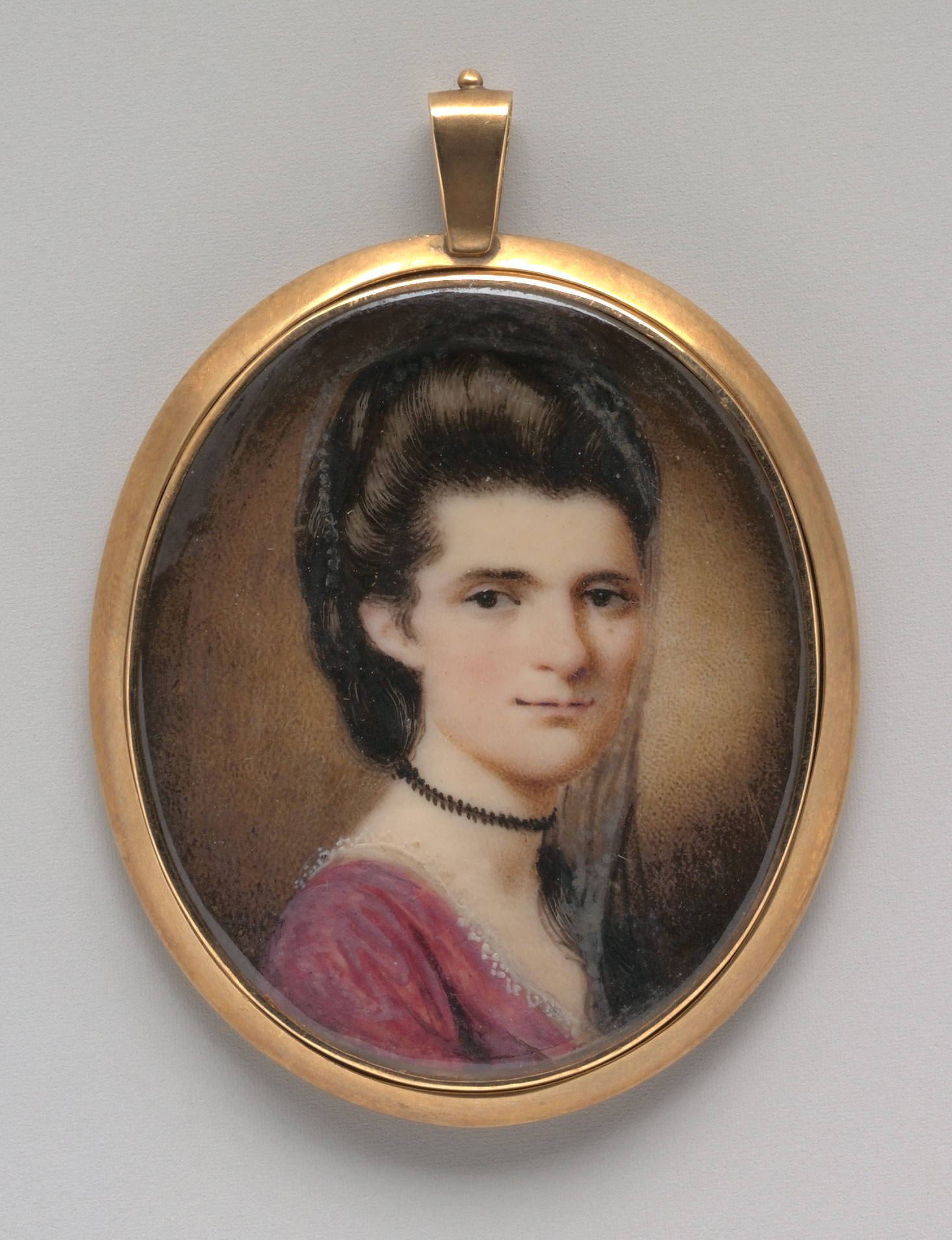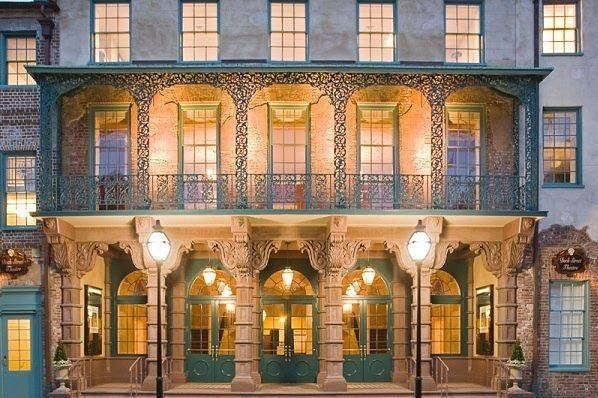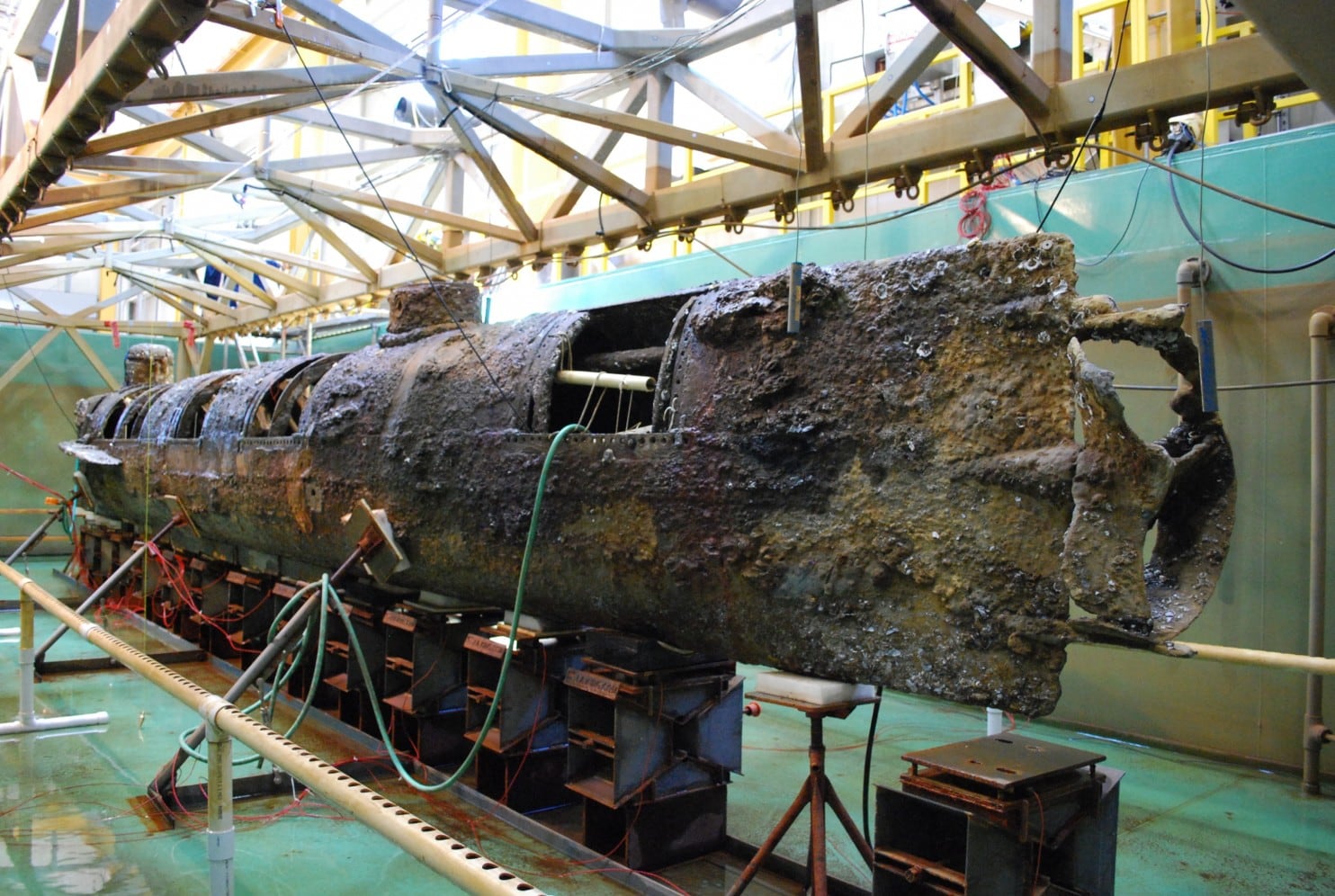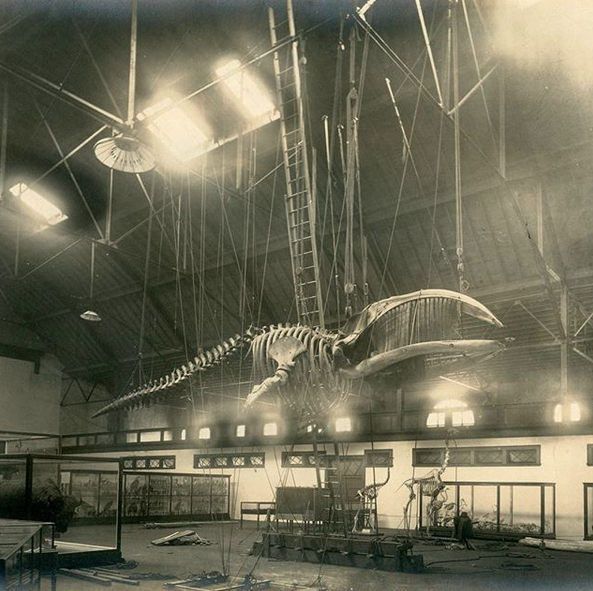There’s so much about Charleston we can take pride in, like its beauty, charm, and history. And speaking of history, Charleston is credited with many of our nation’s firsts, like the first museum, and first theater. Want to learn more? Here are five firsts that Charleston can take all the credit for, and they’re five more things you can be proud of as a Charlestonian.
Charleston Firsts
America’s First Woman Editor and Publisher, Elizabeth Timothy
You need to know her name: Elizabeth Timothy. One of the world’s first female journalists, she was also the first female newspaper editor and publisher. Of course in addition she also took on the role of being a mom and homemaker — a juggle the modern woman knows all too well. She was also a widow. In other words, she’s like a real life superhero. She immigrated tjo America with her French Huguenot family in 1731, arriving in Philadelphia from London. The family eventually moved to Charleston (then Charles Towne) so her father could take over the South Carolina Gazette. When her father passed away at an early age, none of his sons were old enough to take over but Elizabeth was — she had six kids by the time she became a partner. Although — the paper’s publisher had to be listed as a male, her brother Peter, who was 13, even though she in fact was the publisher. As publisher and editor she certainly had a large role in shaping the city and was inducted into the SC Press Association Hall of Fame in 1973. The South Carolina Gazette lived on Vendue Range, where there is now a plaque there on the bay recognizing her. She was inducted into the SC Business Hall of Fame in 2000.
America’s First Theater, Dock Street Theater
The Dock Street Theater is America’s first theater and where America’s first opera was performed. The theater opened in 1736 with The Recruiting Officer. About 64 years later, the theater turned into Planters Hotel, where Planter’s Punch was invented, and the hotel remained there until almost a 100 years. Dear old Dock Street was reconstructed in 1936. Today it’s a beloved local treasure showing theatre favorites and originals fro traveling companies during special times like our annual Spoleto Festival.
First Municipal College, College of Charleston
Established in 1770, the College of Charleston is the oldest municipal college in the nation. It’s also the 13th oldest institution of higher education in the country. Chartered in 1785, CofC’s founders include three (at that time) future signers of the Declaration of Independence — Edward Rutledge, Arthur Middleton, and Thomas Heyward — as well as three future signers of the US Constitution: John Rutledge, Charles Pinckney, and Charles Cotesworth Pinckney. Today the college continues to carry out its original mission, which is to “encourage and institute youth in the several branches of liberal education.”
America’s First Submarine, H.L. Hunley
The H.L. Hunley is a hand-cranked Confederate submarine that torpedoed the USS Housatonic in the Charleston Harbor on Feb. 14 1864, during the Civil War, making it the first submarine to sink a warship. With it being the first combat submarine to sink an enemy warship, that move altered naval warfare from that point forward, demonstrating the advantages, and the dangers, of undersea warfare. Invented by Horace Lawson Hunley, the Hunley was nearly 40 feet long and was built in Mobile, Alabama. The beast was discovered in the sea in 1995 and on Aug. 8, 2000 it was raised out of the ocean, just 3.5 nautical miles from Sullivan’s Island outside the entrance to Charleston Harbor, where a crowd of proud Charlestonians and history buffs loudly applauded.
America’s First Museum, Charleston Museum
Located on Meeting Street, the Charleston Museum was founded in 1773. It was inspired by the British Museum and established by the Charleston Library Society the day before the American Revolution. Oddly enough the museum didn’t open to the public until 1824 but closed again due to the Civil War. Although the original collections are widely varied and even include Egyptian artifacts, its main focus is still on the South Carolina Lowcountry. The collections include materials from natural history, historical material culture and both documentary and photographic resources.
There is a a long list of Charleston firsts, and these five only scratch the surface. Check back soon for another post with more information about trailblazers in our historic city.





